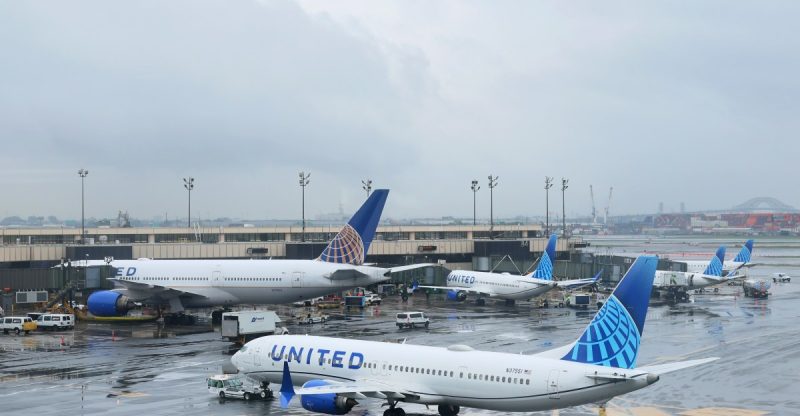
Air travel in the US boasts an astonishing safety record. Millions of passengers reach their destinations each year with minimal incidents. But recent years have seen a concerning trend: a rise in near-misses, communication blackouts, and other serious issues at airports nationwide. This isn’t simply due to bad luck; it’s a result of systemic pressures, particularly understaffing and increasingly high air traffic volume. The recent deadly midair collision near Reagan National Airport serves as a stark reminder of the potential consequences.
The US aviation system relies on a ‘defense in depth’ strategy, meaning multiple safety layers must fail simultaneously for a crash to occur. Planes have onboard systems to prevent collisions, backup frequencies for communication issues, and pilot training for emergency situations. This ‘Swiss cheese’ model acknowledges the inevitability of human error and technological limitations. However, the recent surge in near-misses indicates that these safety layers are being stretched thin, with gaps appearing more frequently.
The strain on air traffic controllers, often working understaffed and facing high workloads, is a major contributing factor. While flying remains exceptionally safe, ‘almost certainly’ safe isn’t good enough when dealing with potential mass casualty events. Every near-miss, even those averted by chance or quick thinking, should trigger immediate action to prevent future disasters. The Washington, D.C. crash, a tragic example of this failure, highlights the need for more proactive safety measures.
This situation mirrors other areas where complacency has led to setbacks. The dramatic improvement in child mortality due to vaccination, for example, has been followed by a resurgence of preventable diseases as vaccine hesitancy rises. Similarly, the aviation industry, having largely eliminated the frequent deadly crashes of the past, seems to be testing the limits of its safety systems by under-resourcing them. The Boeing 737 Max crisis serves as a cautionary tale of prioritizing profit over safety.
The question remains: are we learning from these near-misses and tragedies? The lack of substantial changes following recent incidents raises serious concerns. While caution shouldn’t always increase, the cost-benefit analysis of understaffing air traffic control or neglecting preventative measures is clearly skewed. The lives lost should serve as a powerful reminder that complacency in safety is unacceptable and that maintaining the incredibly high standards of air travel safety requires constant vigilance and proactive measures, not reactive ones.









